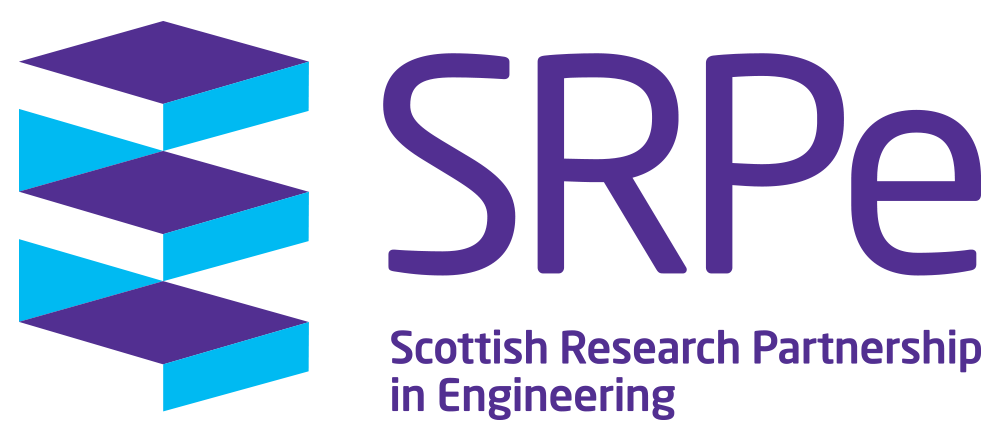Novel Analytical Tools for Corrosion-Resistant Concrete Structures
PECRE Award Holder: Dr Saverio Spadea, University of Dundee
Exchange Hosts: University of Calabria, University of Salerno, University of Salento, Italy
Steel corrision in reinforced concrete (RC) and prestressed concrete (PC) structures is the most critical and dominant form of degradation from transport infrastructure. This phenomenon is exacerbated by carbonation and the exposure of concrete to salts, such as in coastal environments in southern Italy, or from the use of de-icing salts in the northern regions of Scotland. Fibre-reinforced polymer (FRP) composites are highly durable, lightweight, high-performing and stiff materials, which are considered the best alternative to conventional steel. Understanding the behaviour of FRP PC to drive its optimal use on construction is a key challenge, as design codes are generally calibrated to conventional reinforcement.
This project intends to address the demand for analytical tools able to assist in the design of FRP reinforcement for concrete structures. It will benefit from visits to three Italian HEIs, aiming at laying the foundations for new collaborations as well as fostering existing ones.
The main scope of the exchange will be to establish a new research link with the Structures research group at the University of Calabria. A novel interface modelling formulation will be developed with the aim of simulating the mechanism of debonding of FRP tendons embedded in concrete.
At a larger scale, the collaboration with the University of Salento will aim to establish novel methods of analysis and design for FRP PC structures, looking at different geometries of structural elements and reinforcement orientation.
The visit to the University of Salerno will allow coordination of current activities and an opportunity to look at working together on a project proposal with potential partners.
As an immediate follow-up, the visits to Dundee by overseas research students will help with the development of the project and will keep alive the links with those institutions. The long-term purpose of the activity will be to form a pool of academic and industry partners, with the aim of looking together for funding opportunities at a European level.
